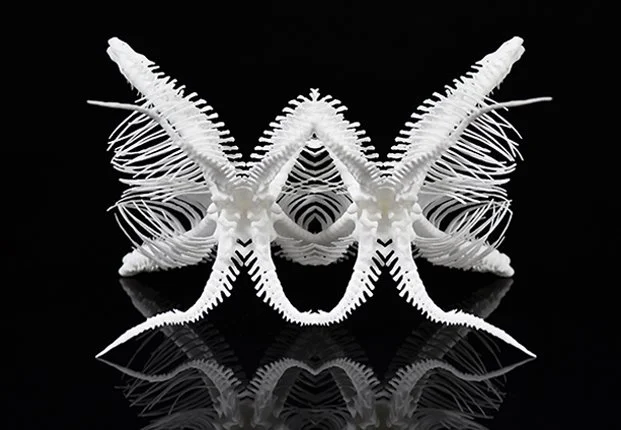According to the Western Museum Association, Open Access refers to efforts made by museums to provide high-resolution downloadable images free of charge to maximize the ability of the user to interact with, share, and reuse the images. In 2018, Douglas McCarthy, Collections Engagement Manager at Europeana, and Dr. Andrea Wallace, Senior Lecturer in Law at the University of Exeter, set out to see how many cultural heritage institutions make their digital collections available for free use, as well as how they do it. The pair created a Google Sheet survey that has listed over 1,200 international institutions, including Galleries, Libraries, Archives, and Museums. Over one-third of these records name specific Museums. While Open Access encompasses numerous industries, this article focuses Open Access technology and usage in the context of Museums and Artists.
Increasing Data Collection Capabilities with Web Scraping and Data Scraping: Part 1
With the digitization of our world, data has proven to be incredibly useful for arts and entertainment organizations in terms of decision-making and strategy formation. However, organizations can often be at a loss with how to collect data, how to format data visually, or how to use the data to achieve their goals. What follows is a discussion/outline of two methods for gathering external data for internal use in arts and entertainment institutions: web scraping and data scraping.







